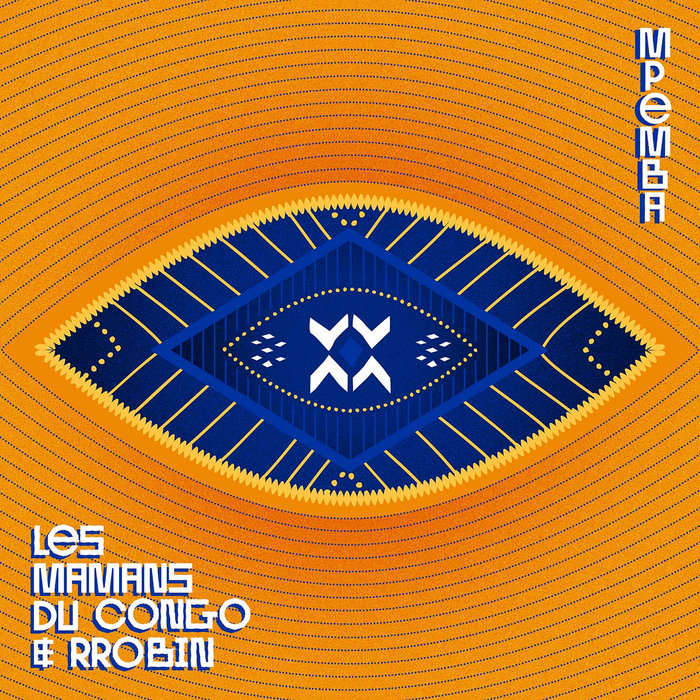
Mpemba – Les Mamans du Congo & Rrobin
this blog is GROOVY – check out great Soul, Funk, Jazz, Hip Hop, Bass, Breaks , Reggae, House n many more TUNES
Hey there, rhythm lovers! Grab your drumsticks and get ready to tap your feet as we dive into the vibrant world of percussion. This musical genre has a history packed with beats that make you wanna shake it, stories that will tickle your funny bone, and some serious groove that’ll have you nodding along. So let’s jump in!
Percussion is one of the oldest forms of music known to humanity. Long before fancy instruments showed up, our ancestors were making noise by banging sticks on rocks or clapping their hands together. Just imagine a group of cavemen jamming out on some makeshift drums—pretty wild idea, right?
Dating back over 40,000 years ago (that’s older than most rock stars!), early humans used percussive sounds in rituals and communication. Fast forward a bit; many cultures around the globe developed their own unique styles using everything from animal bones to hollow trees.
Bongo Bonanza: The bongo drums are often seen as party starters! But did you know they actually come from Cuba? They can even be played upside down—that’s right! Stand on your head and jam away if you’re feeling adventurous!
The World’s Oldest Instrument: Archaeologists discovered a flute made from bird bones dating back about 40,000 years—and it seems like someone was having trouble keeping time because it isn’t exactly percussion…but hey, who needs rhythm when you’ve got melody?
Literal Hand Clappers: In ancient times (think Egypt), musicians would use any part of their body to create sound—like slapping thighs for beats or clapping hands in unison during celebrations—because sometimes it’s all about finding what’s at hand… literally!
As civilization progressed, so did our beloved percussive instruments! From the classic djembe hailing from West Africa to marimbas found in Central America—it blossomed everywhere! Each culture added its own flair.
In Western music—the birthplace of jazz and rock ‘n’ roll—the snare drum became iconic thanks to military bands before diving into dance parties at speakeasies around Prohibition times (talk about rebellious!).
Enter jazz—a game-changer! Think Louis Armstrong busting out his trumpet while drummers like Buddy Rich were laying down rhythms so fast they could almost break the sound barrier.
A fun little nugget here is drummer Gene Krupa famously brought visual excitement to performance—he was known for twirling his sticks mid-solo like he was auditioning for “America’s Got Talent.” Picture him doing flips while still keeping time; now that’s what I call groovy multitasking!
By the late 20th century, percussion had truly gone global. Genres started mixing together like cocktails at a festive gathering—with artists mashing up traditional intuitive sounds with modern vibes.
You might say this fusion creates rhythms that are downright addictive—it’ll have anyone tapping their toes whether they’re chillin’ at home or breaking out dance moves worthy of TikTok fame!
Jaw Harp: Yes folks – this quirky little instrument gives off vibes just by being plucked between teeth—you won’t believe how much fun (and laughter) comes from watching people try it out for the first time.
Rubber Chicken Maracas: No kidding! People actually use rubber chickens filled with beans as shakers—they squeak every now and then adding comedic value alongside awesome grooves.
Fast forward today… we’ve got genres blending more than ever before—from hip-hop beatboxers layering rhythms using vocal cords alone (!) to electronic artists creating insane loops by pounding pads instead.Listen closely next time you hear those synths pulsing; I guarantee there’s some percussive magic happening behind them.
Also worth noting is how famous pop musicians rely heavily on seasoned session drummers who bring life into studio tracks without stealing any spotlight #drumteamworkandyourfaveartistwouldneverseeyouagainwithoutthem !
And speaking humorously once again… remember Will Ferrell crushing it as ‘Drum Circle Guy’ during an SNL sketch? Good times where actors hilariously exaggerate us peculiarities – but honestly jams like these shine light onto reality —everyone loves getting caught up in hypnotic grooves no matter where we come from .
So there you have it—the rhythmic journey through percussion history sprinkled with giggles along the way . From prehistoric thumps echoing through caves onto today’s dazzling concerts —it just goes show how versatile this genre really is !
Next time you’re chilling with friends , grab something noisy & join together because ultimately , music connects us all through shared laughs & unforgettable moments…and let loose those inner drummers within ! 🥁

Mpemba – Les Mamans du Congo & Rrobin